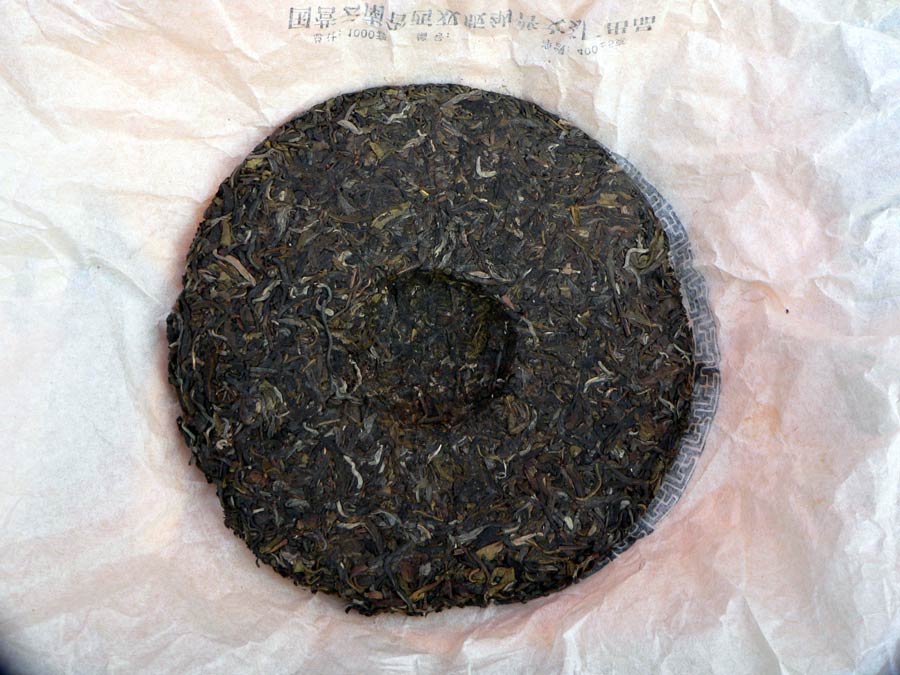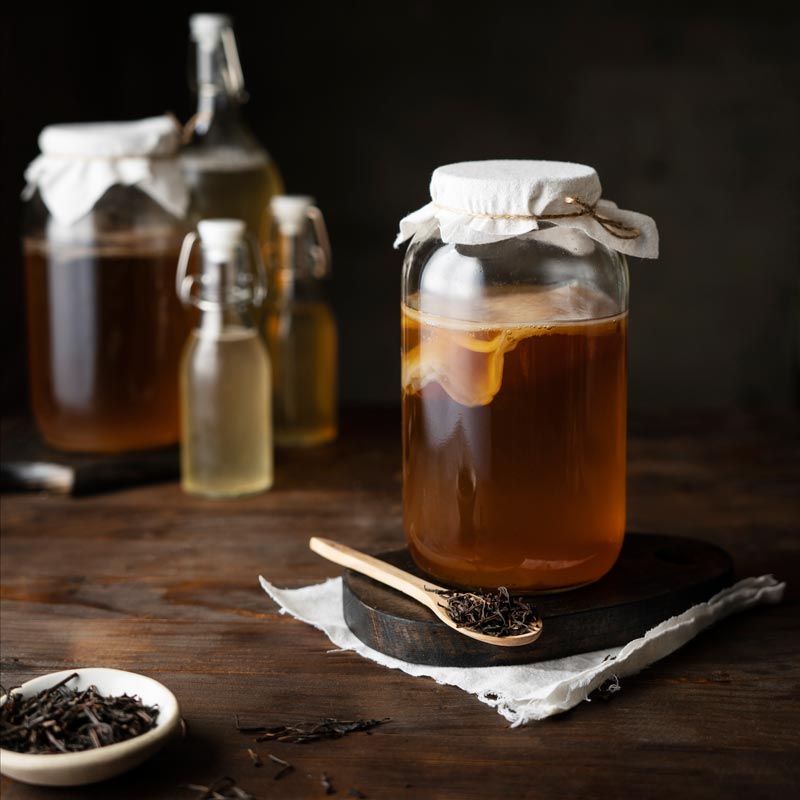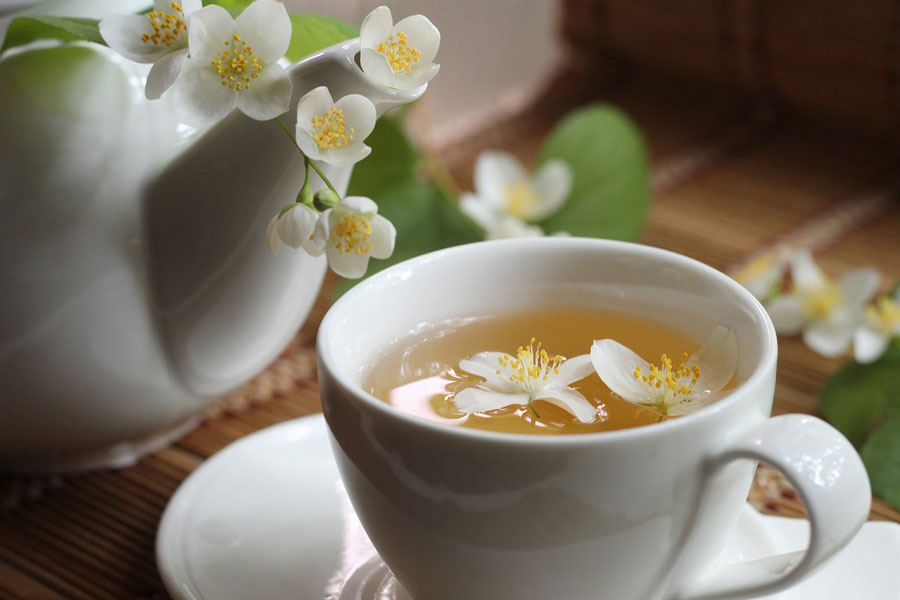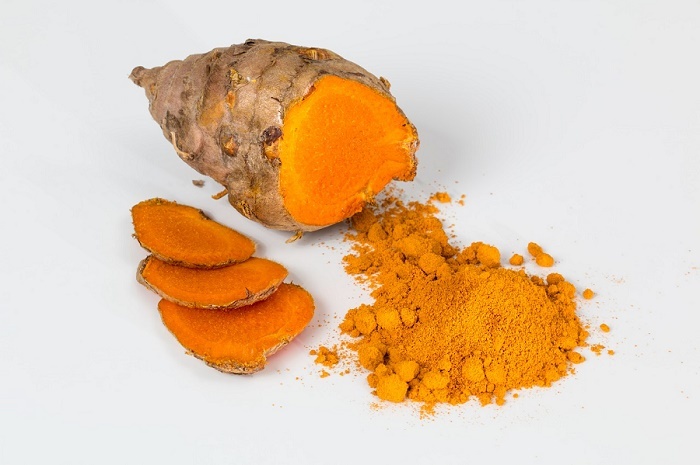There is almost a mystical nuance to ‘gong fu cha’, the traditional Chinese custom of brewing Pu-erh tea. In Chinese tradition making of tea is a scrupulous art. It is not merely a beverage. Its essence is infused deep into their philosophical and cultural values. As I said, the very custom of brewing pu-erh the traditional way is exquisite. It demands nimble skills that need mastering. The ultimate tea that is poured out of a Yixing teapot is a dark amber liquid with an as exquisite a flavouring as is its brewing course.
Pu-erh tea in China dates back to over two thousand years. There was a great demand for Pu-erh tea in the far off regions of China and in Tibet. Yunnan exported Pu-erh to these regions. Perhaps, that is a reason why Pu-erh still is compressed into a form of cake called the Bing-cha. To drink Pu-erh, the leaves must be broken off meticulously from a Bing-Cha in the requisite quantity. The Chinese use very delicate and specific utensils for brewing, each serving a devoted purpose. They keep the Pu-erh leaves that are pried off a Bing-cha in a Cha-he which is a kind of delicate presentation tray. For the infusion they make use of a Yixing (an intrinsic and sometimes ornate teapot) or a Gaiwan . The tea from the Yixing is poured out into another vessel called the Cha-hai from which the amber brown tea is finally poured into the tasting cups. The result is sumptuous.
Pu-erh is cultivated from the leaves of Camellia sinensis itself. What makes Pu-erh different is the process of post-fermentation and ageing. The aged the Pu-erh is, the better is its taste. Just like wine. The first stage of Pu-erh production is the Mao-cha. The Mao-cha leaves are a greyish-green, similar to the leaves of green tea. But due to being acerbic, they are not preferred for the brew.
Pu-erh tea is manufactured in two different ways which results in two different kinds: the Sheng and the Shou. The Sheng Pu-erh is the raw type and is the one produced traditionally. It comprises a long calculated process of fermentation after which the leaves are compressed into cakes(Bing-cha) and aged over a period of years. It gives the tea its distinctive Pu-erh flavour. Shou Pu-erh goes through an additional process of ‘wet piling’ that fast-forwards the process of aging in the Pu-erh leaves. Rising prices of long-aged Sheng Pu-erh is a reason for the popularity of Shou Pu-erh though the quality may be compromised. This was also a reason for devising an alternative technique to producing Sheng Pu-erh.
There is an ancient traditional teaching in the Chinese culture called ‘Cha Dao’ that literally translates to the ‘The Way of Tea.’ ‘Dao’ in general refers to the Chinese philosophies of balance and harmony of man and nature. Tea has its root inscribed deep in the philosophies of life and men in the Chinese tradition- a liquid that was used for generations to revere, to savour and to heal.
(Read about Yum Cha)






